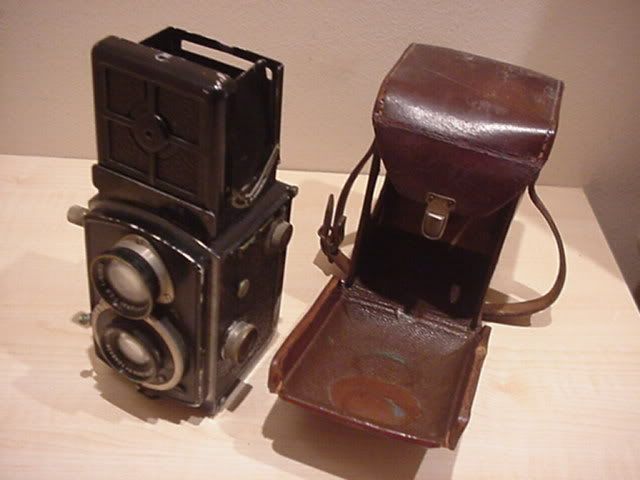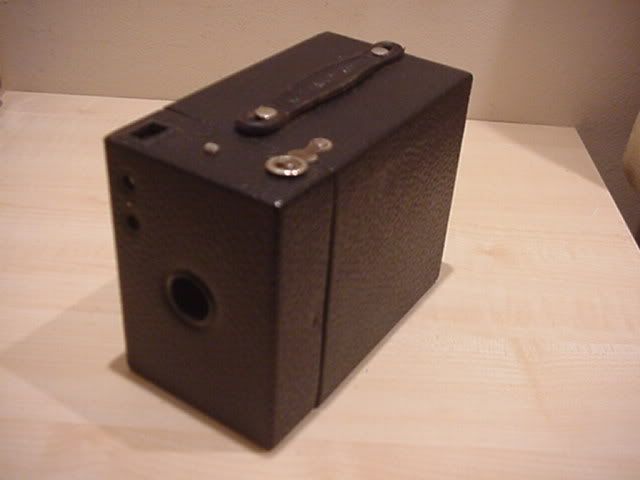Griemersma
One of the Regulars
- Messages
- 153
- Location
- Covington, GA
After reading the thread a few days ago about the Rollei MiniDigi, I started to do some research about the "old school" medium format cameras. I previously considered getting an old Zeiss Ikonata or something similar but finally narrowed my search down to either a Rolleicord or a Yashica Mat. Anyhow, as luck would have it, I won this auction:
http://cgi.ebay.com/ws/eBayISAPI.dl...70008950681&rd=1&sspagename=STRK:MEWN:IT&rd=1
So now I have my first vintage camera, and for only about $50. Does anyone here have any experience with these? Any pointers for getting started? I know a little bit about shooting and processing B & W, but that was almost 10 years ago and I was using my school's equipment and chemistry. I would like to at least process my own film, but is it really expensive to do on your own?
--G.R.
http://cgi.ebay.com/ws/eBayISAPI.dl...70008950681&rd=1&sspagename=STRK:MEWN:IT&rd=1
So now I have my first vintage camera, and for only about $50. Does anyone here have any experience with these? Any pointers for getting started? I know a little bit about shooting and processing B & W, but that was almost 10 years ago and I was using my school's equipment and chemistry. I would like to at least process my own film, but is it really expensive to do on your own?
--G.R.

